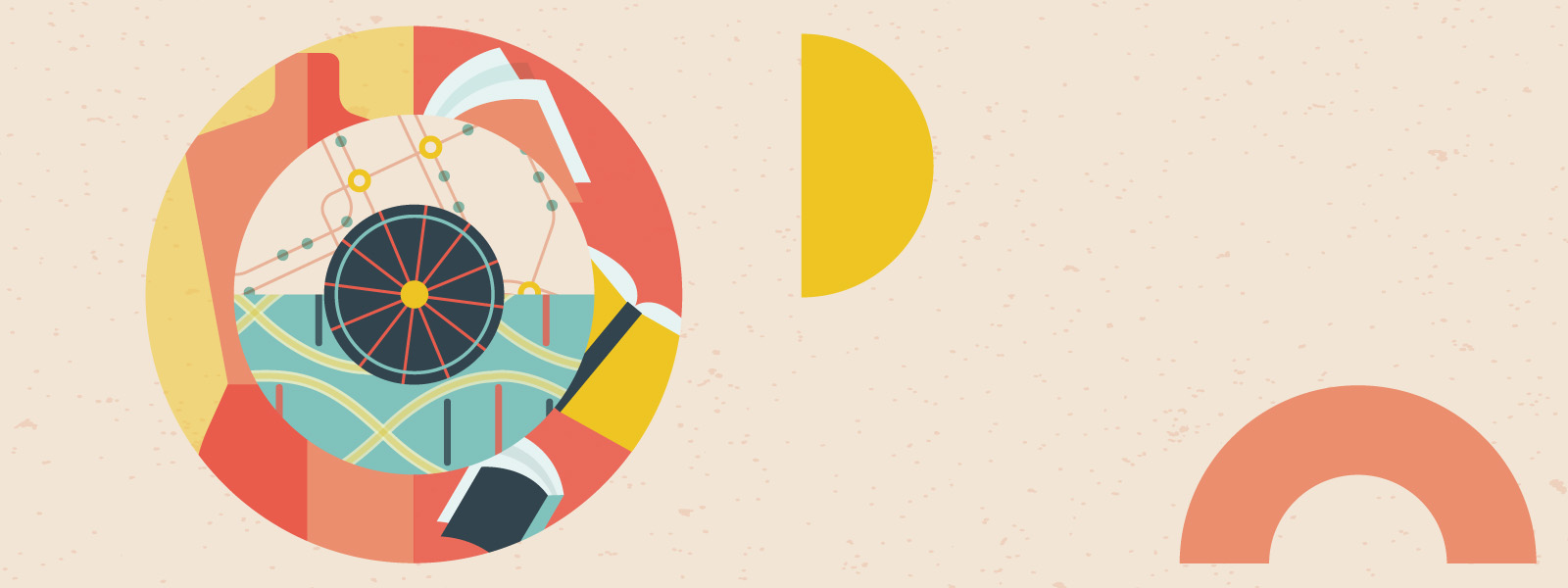
Inclusive Spaces and the People Who Make Them Accessible
From fashion and public transportation to education and healthcare, these five Saint Joseph’s community members are breaking down barriers in their fields and making the spaces around them more inclusive and accessible to all.
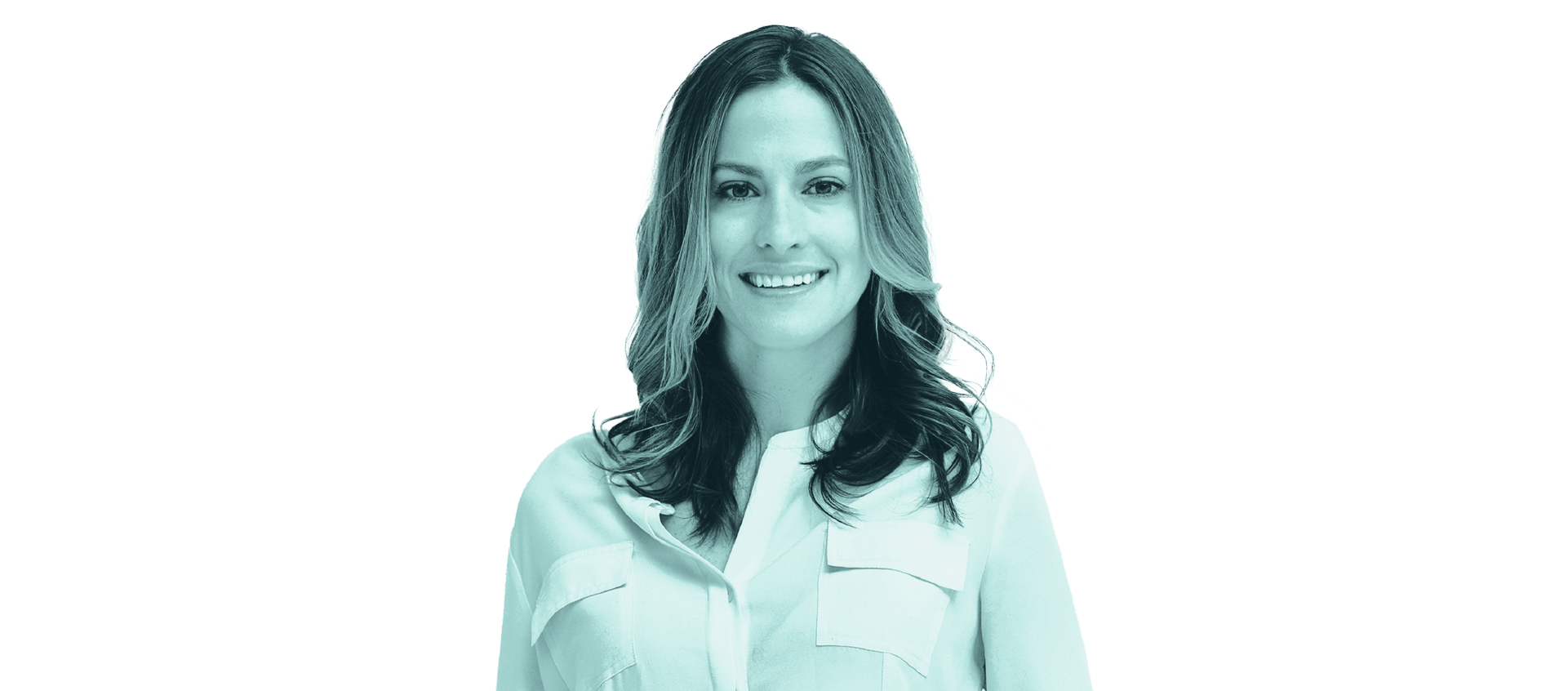
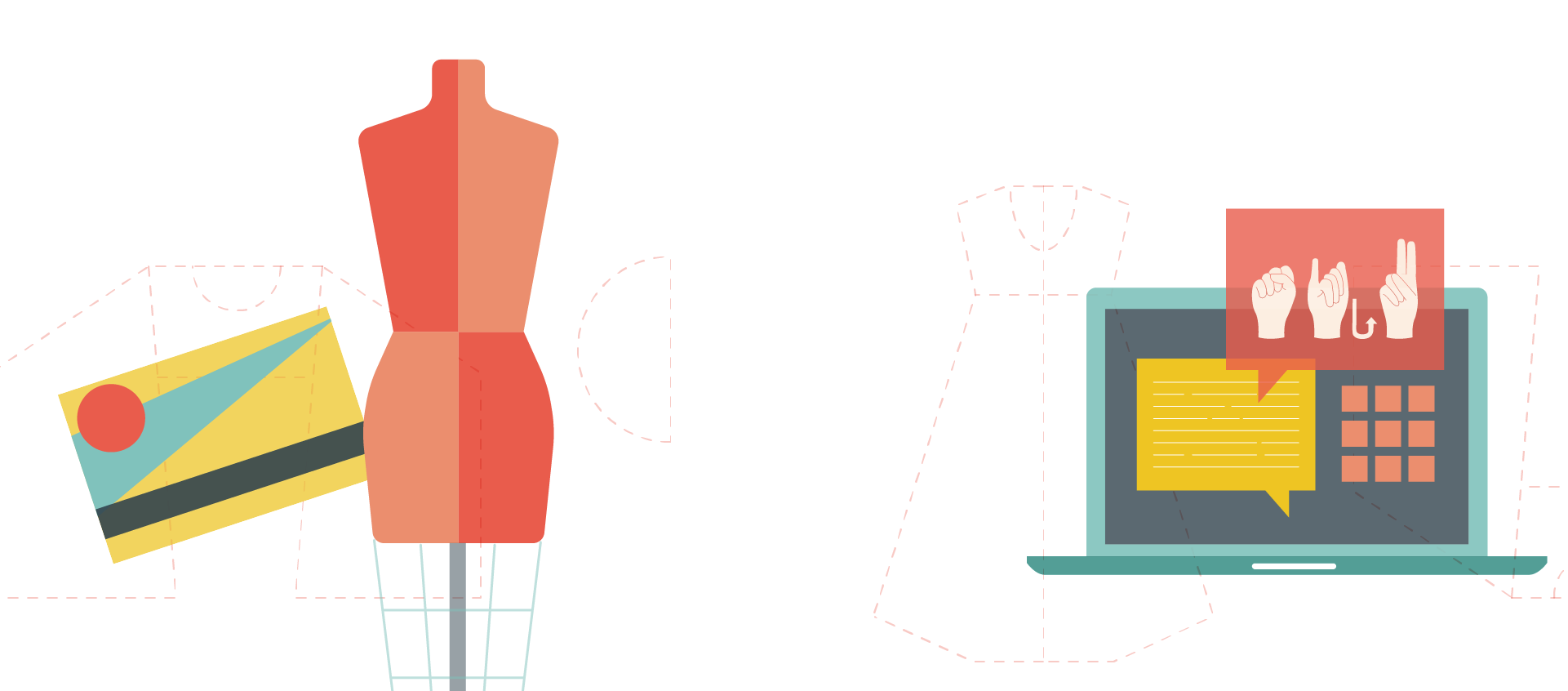
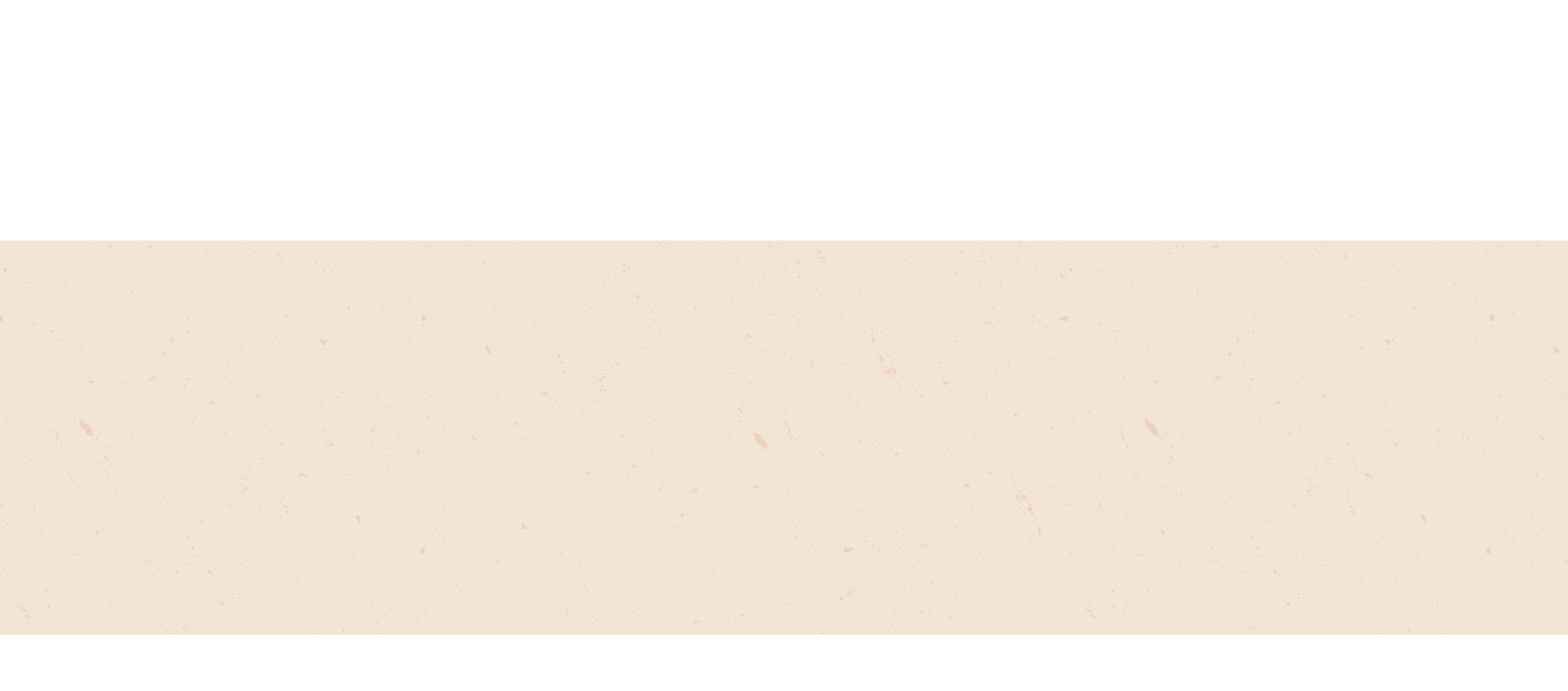
Adaptive Design: Christina Mallon ’10
From clothing to technology, this Saint Joseph’s alumna is working to design a better world for the disability community.
It was winter in New York, cold wind ripping down the city’s streets, and Christina Mallon ’10 needed a jacket to stay warm.
Having recently earned a marketing degree from Saint Joseph’s University, Mallon had relocated to New York to work at WPP, the world’s largest advertising agency. Almost immediately after her move, she began to lose strength in her fingers, one at a time, and eventually she became paralyzed in both arms as the result of a form of ALS.
The nervous system disease left Mallon with a whole host of new challenges, including finding a winter coat that she could take on and off independently. So, she turned to Open Style Lab, an organization that aims to make style accessible for everyone, and became a client in its course for students at the Parsons School of Design. The nonprofit pairs engineers, fashion designers and occupational therapists — with and without disabilities — to create accessible and attractive clothing. It was just what she needed.
Mallon worked with Open Style Lab and Parsons to create a two-piece wool coat with a cape-like top to cover her arms and chest and a separate piece to cover her torso. Its wide arm holes allowed her to more easily slip in and out. Its stiff neckline prevented it from collapsing when she pushed her head through. And a knit panel on the back kept it tight to her body so it wouldn’t slide off.
“She said she wanted to do more and she did 1,000% more than anybody could have imagined.” - Pinar Guvenc, chief strategy officer at Open Style Lab
She had finally found her solution. Now, she wanted to find more.
Six years later, Mallon is a leading figure in the inclusive design movement, turning her own disability into the motivating force behind her search for solutions to everyday problems faced by those in the disability community. She is now the chief brand officer at Open Style Lab and last year became the director of inclusive design at Microsoft. After years spent adapting the world around her to fit her needs, she’s pushing the corporate world to design products that will work for everyone.
“She saw what design can do and really took that to heart,” says Pinar Guvenc, chief strategy officer at Open Style Lab. “She said she wanted to do more and she did 1,000% more than anybody could have imagined.”
Accessibility Is a Human Right
Following Mallon’s diagnosis with ALS, as she learned to type with her feet and get dressed using bedposts and doorknobs, she threw herself into work that would make a difference for disabled people.
“Everything was difficult. Nothing was easy,” Mallon says. “To figure out ways to do something, I had to either hack it myself or I had to search the internet or ask the community. Ninety-nine percent of the things I interacted with were not accessible, so it was like having to rediscover or rethink about the world.”
Mallon was still early in her career when she began working on an inclusive advertising strategy for CoverGirl cosmetics. Despite the brand’s positive impact on who is considered beautiful, she realized something was missing.
“I thought, ‘Why isn’t disability featured? Why don’t I see myself in the inclusive ads that I’m creating?' Mallon says. “That kicked me off to really take my career solely into inclusion.”
After building a relationship with Open Style Lab and developing a passion for its work, her focus expanded to product design.
“Becoming a part of the disability community has been a blessing because it really opened me up to a more diverse world and let me to see things in a different light,” Mallon says. “Growing up as an upper-middle-class, college-educated woman without much hardship, it allowed me to see the great barriers that the world has put up against people, most of which are design challenges and design problems.”
“Inclusivity is a human right. Everyone should have the same access.” - Christina Mallon ’10
Mallon recognizes that she’s been fortunate to have the resources and support around her to seek and find solutions to some of her own everyday obstacles. Along with colleagues at Open Style Lab, she designed a necklace that she could use to swipe her MetroCard without hands, for example, drastically changing her ability to travel independently. But not everyone is in the same position, and she doesn’t want anyone to be held back.
“Inclusivity is a human right. Everyone should have the same access,” Mallon says. “And when we design for disability, it often leads to innovation.”
Authentic Adaptations
“Everyone I meet feels bad for me, but I don’t feel bad for myself.” - Mallon
Mallon subscribes to the credo that necessity is the mother of invention, and in many cases that invention can have universal benefits. In her work, she seeks to bring companies and brands along in this understanding.
“It’s about getting people over the so-called stigma of using something that’s for disability and realizing it’s just a better way to do it,” Mallon says.
Around the same time that she discovered Open Style Lab, Mallon became global head of inclusive design and digital accessibility at Wunderman Thompson, a marketing agency within WPP. Cindy Hsiao, Wunderman’s vice president of strategy, says Mallon put inclusive design on the map for the agency, leading to projects that have pushed the entire movement forward. In keeping with the Jesuit principle of “contemplative in action,” Mallon says she is seeking to be the change she wants to see in the world.
She worked with Degree to create an accessible solution for personal care, recognizing that deodorant is both difficult to use with many disabilities and not something people want to ask for help applying. Degree Inclusive, launched in 2021, has a larger surface area to reduce the energy required to use it, a hooked lid that can be hung for one-handed use, a magnetic closure that makes it suitable for people with limited dexterity or visual impairment, and instructions in Braille. Mallon was among the first people to test every prototype, offering ideas and helping find solutions to design challenges.
On another project with fashion brand Tommy Hilfiger, Mallon sought to address what she calls disability’s “image problem.” Too often, she says, disabilities are presented in the media as something to pity — a harmful approach that doesn’t align with her own experience.
“Everyone I meet feels bad for me, but I don’t feel bad for myself,” Mallon says.
Buttons, zippers and other standard elements of fashion pose a challenge to many people with disabilities, so Mallon guided Tommy Hilfiger on the rollout of an adaptive clothing line that uses other means to make clothing work, centering the disability community in the marketing to show off a clothing line that is both stylish and functional.
Now, after years working with a broad assortment of brands and “spreading the gospel” of inclusive design, as Hsiao says, Mallon is turning her attention to the tech industry.
At Microsoft, which she joined last February, she has worked on adaptive accessories like a mouse that works for someone without fine motor skills or an arm amputation, an adaptive kit that makes it easier to interact with the Surface laptop, and a video conferencing tool that ensures a sign language interpreter is highlighted for users who need their assistance.
“As we become a more technology-dependent and technology-infused world, I really want to influence that space,” Mallon says. “My goal is to make any digital experience something that you can do with no hands and no vision.”
Mallon credits her St. Joe’s education with helping propel her career. International business courses allowed her to better understand foreign markets — an important part of life at a company the size of Microsoft. Her religious studies class expanded her cultural understanding, while marketing courses gave her the skills to build a communications plan to attract funding and push her projects forward.
‘Her Life’s Work’
When she surveys the inclusive design field, Mallon doesn’t see counterparts at most of the country’s largest companies. Yet, most people will experience disability at multiple points in their lives, meaning the potential customer base for inclusive products is nearly limitless — especially for products that work better for everyone. She wants to see a shift in how people approach work like hers.
“Any person who has to make a decision that affects somebody else does inclusive design,” Mallon says. “You are designing an experience for another person.”
The concept of inclusive design has been around for a long time in academia and in research, Guvenc says, but in commerce it’s just beginning to take hold. While there’s a long way to go, the same could have been said about sustainability and diversity in the past, and there has been a sea change in how corporations now consider both in their work. With Mallon’s help, inclusive design is on a similar trajectory.
“I don’t think you can move into the future without it,” Hsiao says. “You’d be leaving something on the table.”
In the relatively short period of time since she lost the use of her arms, Mallon has already helped that message reach a much broader audience.
“Not everyone can immediately accept their disability, especially if it’s acquired later in life, but Christina really took her disability and turned it into a superpower and has influenced and inspired many, many people. She’s a force of nature,” Guvenc says, “and she’s just getting started.”
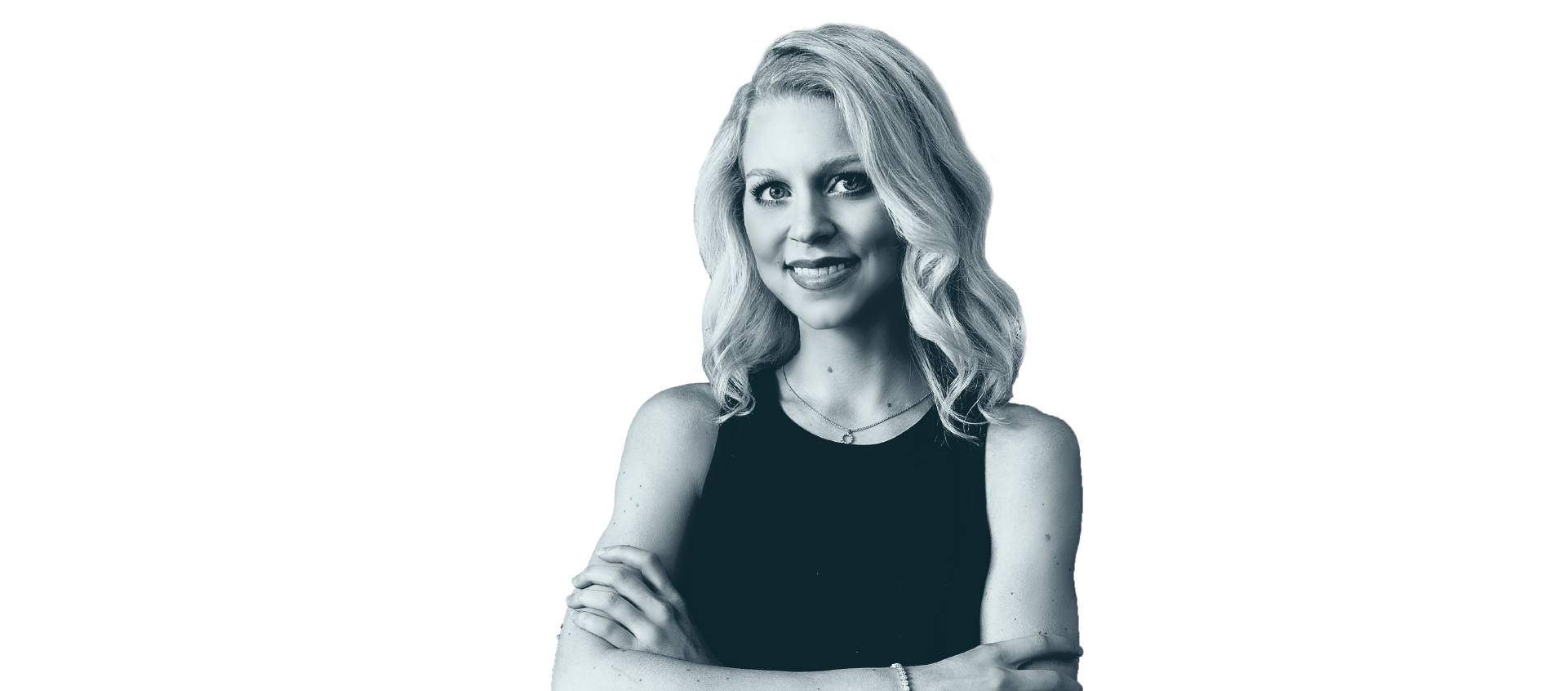

Genomics in the Classroom: Kelsey Stuttgen Finn, PhD
When Kelsey Stuttgen Finn, PhD, discovered a lack of resources for families affected by genetic disorders, she took it upon herself to author a children’s book series to fill the void.
Kelsey Stuttgen Finn, PhD, is a geneticist, bioethicist and researcher who’s passionate about normalizing and embracing the diversity of the human condition. The director of Saint Joseph’s genomics graduate program, Stuttgen Finn is also the author of a children’s book series, “Beautifully Unique,” a resource that offers parents the opportunity to educate and talk to their children about genetic conditions affecting their families or social circles.
We spoke to Finn about her inspiration behind the series, how to broach difficult health conversations with children, and why knowledge ultimately encourages empathy and an understanding of what makes each of us unique.
"How scary must it be for a kid to feel alone and/or feel like they’re the only one who’s dealing with something big?" - Kelsey Stuttgen Finn, PhD
Q: Your children’s books series, “Beautifully Unique,” covers topics ranging from cystic fibrosis to Huntington’s disease and muscular dystrophy. What inspired the series?
"Beautifully Unique” was inspired by talking with families affected by genetic conditions. During these conversations, something I heard over and over again was that more resources are needed for kids about these different types of conditions.
As I was publishing my research findings, I thought about how scary it must be as a parent to feel in the dark about whether, when and how to talk to their child about a genetic condition, especially because genetic conditions are often surrounded by a lot of guilt — even though it's no one's fault.
In hopes to protect their children, some parents withhold genetic information, which we know has a lot of negative implications on kids and on family relationships. At the same time, how scary must it be for a kid to feel alone and/or feel like they’re the only one who’s dealing with something big (like a genetic condition)?
I felt like my educational and research background, as well as the conversations I had with so many families, put me in a unique position to provide resources for these communities.
Q: Speaking of your background, you received your PhD in human genetics from Johns Hopkins University and completed postdoctoral training in bioethics at the Mayo Clinic. What inspired you to go into these fields?
I always knew that I wanted to pursue science and medicine in some capacity and in undergrad, I really fell in love with genetics. It wasn't until graduate school that I learned more about the field of bioethics. The way that I see it, it's impossible to be in the field of genetics without considering the ethical implications. I wound up doing my dissertation in both genetics and bioethics, and I've been intertwined in both fields ever since.
Q: Can you talk more specifically about one of the genetic conditions in your books and the decisions a parent must make in talking with their children?
A classic example of pursuing genetic testing is a disease like Huntington's disease. Huntington's disease is a dominant disorder, with 100% penetrance, which means that if you have the expanded repeat (the genetic code that leads to the disease), you will develop the disease.
Some people want to pursue genetic testing so that they can relieve uncertainty and make decisions about their life — relationships, long-term care, insurance or traveling. On the other hand, there are people who don't want to know because if they found out, they might become depressed or even suicidal.
"My work in genetic ethics points to the importance of autonomy and shared decision-making." - Stuttgen Finn
With kids, it becomes complicated because in most cases, individuals don't have decision-making capacity until they're 18 (there are exceptions). There has to be a really compelling reason to perform a genetic test on an individual who doesn't yet have decision-making capacity. One such reason is if a genetic test result has the potential to change medical management of a patient before the patient reaches the age of decision-making capacity.
Over and over again, my work in genetic ethics points to the importance of autonomy and shared decision-making.
Q: Let’s say an older family member has a condition that could be passed down genetically. What does that conversation look like between parent and child and when does it start?
It's really important to make sure the information you're giving your child is age appropriate. A great rule of thumb is to let your child guide the conversation.
With Huntington's disease, for example, let's say a 4-year-old child notices that Grandma is moving funny and asks why. That’s the cue that the child is ready for information. And so you tell them, Grandma has something called Huntington's disease, which causes people to move funny and have jerky motions.
Some time later, the child may ask what causes Huntington's disease. That's a cue that the child is ready for more information. So, you explain that Huntington's disease is genetic and it's caused by mistakes in the code of a certain gene. It may not be until years later that the child asks, “Mom and Dad, if Huntington's disease is genetic, does that mean I have it? Does that mean you have it?”
This tiered-approach eliminates a scenario where you’re telling a 4-year-old, “Grandma has Huntington’s disease, that’s why she moves funny, and it’s genetic, which means Mom and Dad might get it and you might someday too.”
That’s more information than a 4-year-old can process. At the same time, you want to avoid the opposite scenario where you’re keeping a child in the dark and dropping a huge bomb of information on them as a teenager or even as an adult.
Small conversations over time allow the topic to be normalized from a young age and make the child feel like it’s something that can be brought up and discussed openly. A one-and-done conversation can leave the child feeling blindsided or as if the topic is taboo to talk about. They may even wonder, “If my parents hid this huge thing from me, are they hiding other things too?” It can really affect the family relationship.
Q: Speaking of families, one of the books, "Daisy Describes Dyslexia,” was co-authored with your mother. What was that collaboration like?
My Mom is a school psychologist by training and she's devoted a large part of her career to strategies for improving the instruction of reading and literacy. Throughout her work, she's spent a lot of time working with individuals with dyslexia, and she saw a need for resources that was similar to the need I was seeing from families affected by genetic conditions.
We ultimately put our heads together, her being the expert on dyslexia and me being familiar with the process of writing and developing children's books, and came up with “Daisy Describes Dyslexia and How She Learns to Read.”
Q: How are resources like “Beautifully Unique” helping to normalize and embrace the human experience and quash stigmas?
There's not a lot of awareness about individuals who are affected by cystic fibrosis and muscular dystrophy, especially when those individuals are children. It can be really hard to be a kid with cystic fibrosis when they have to take enzymes or use a nebulizer or do vest therapy at school.
Other kids might be wondering, “Why do they have to do that?” Or the child with the condition might feel really alone and think, “Why do I have to do this when none of my friends do?”
The books aren’t just made for those kids and their family members, they’re also for their classmates and teachers. Ultimately, empathy stems from knowledge. The more we talk about these things and the more people understand what it might be like for people affected by different genetic conditions, the more acceptance and empathy that will follow.
I think about the kids whose families are affected by Lynch syndrome (a hereditary colorectal cancer) and have a parent going through cancer treatment, and the kids whose families are affected by Huntington’s disease and have someone in their family who is symptomatic. I could keep naming different conditions but the point is that it can be really scary. For peers to read and understand what someone might be going through can make a huge impact on peer support.
A lot of families are affected by genetic disorders, but not a lot of people are talking about it. One of the goals of “Beautifully Unique” is to change that.
Interested in finding out more about the fields of genomics or bioethics? Learn about Saint Joseph’s master’s in genomics program, genomics certificate and the University’s Institute of Clinical Bioethics.
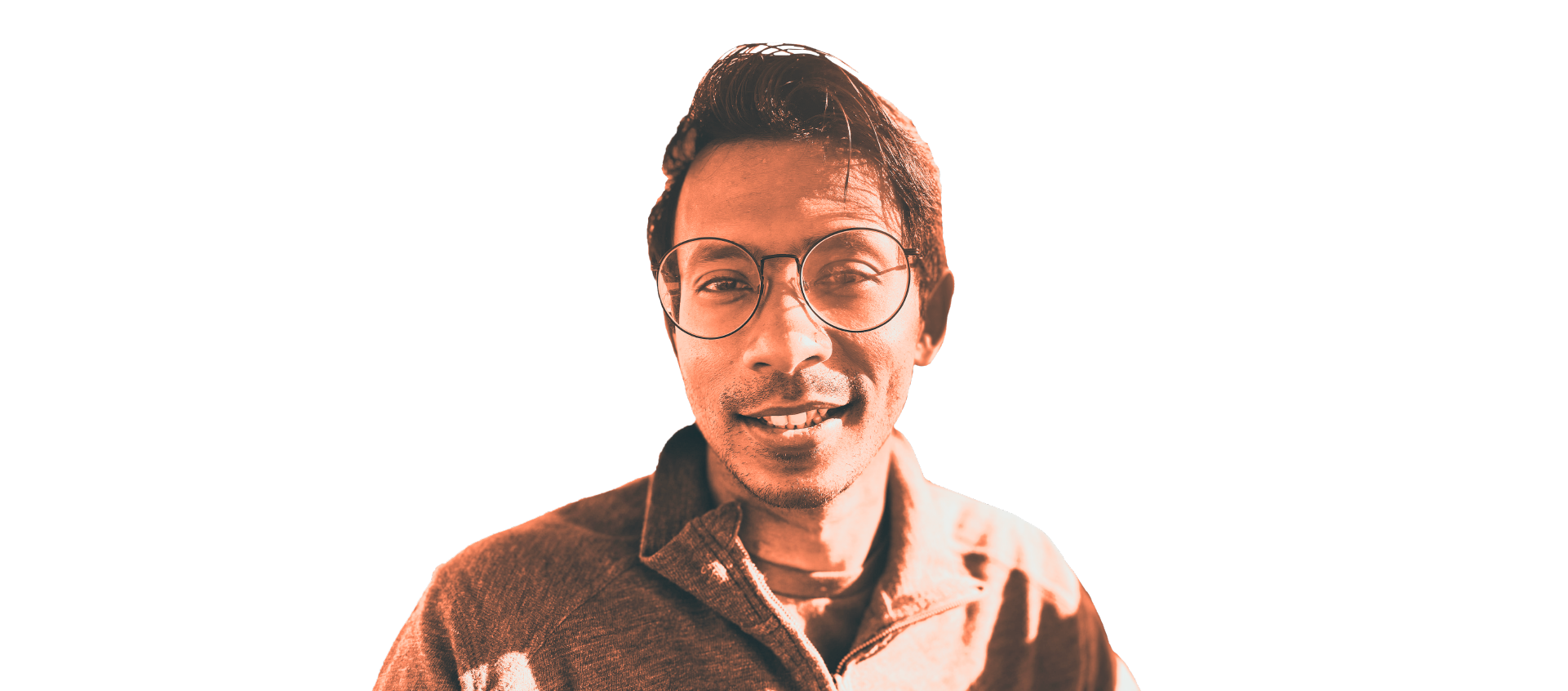
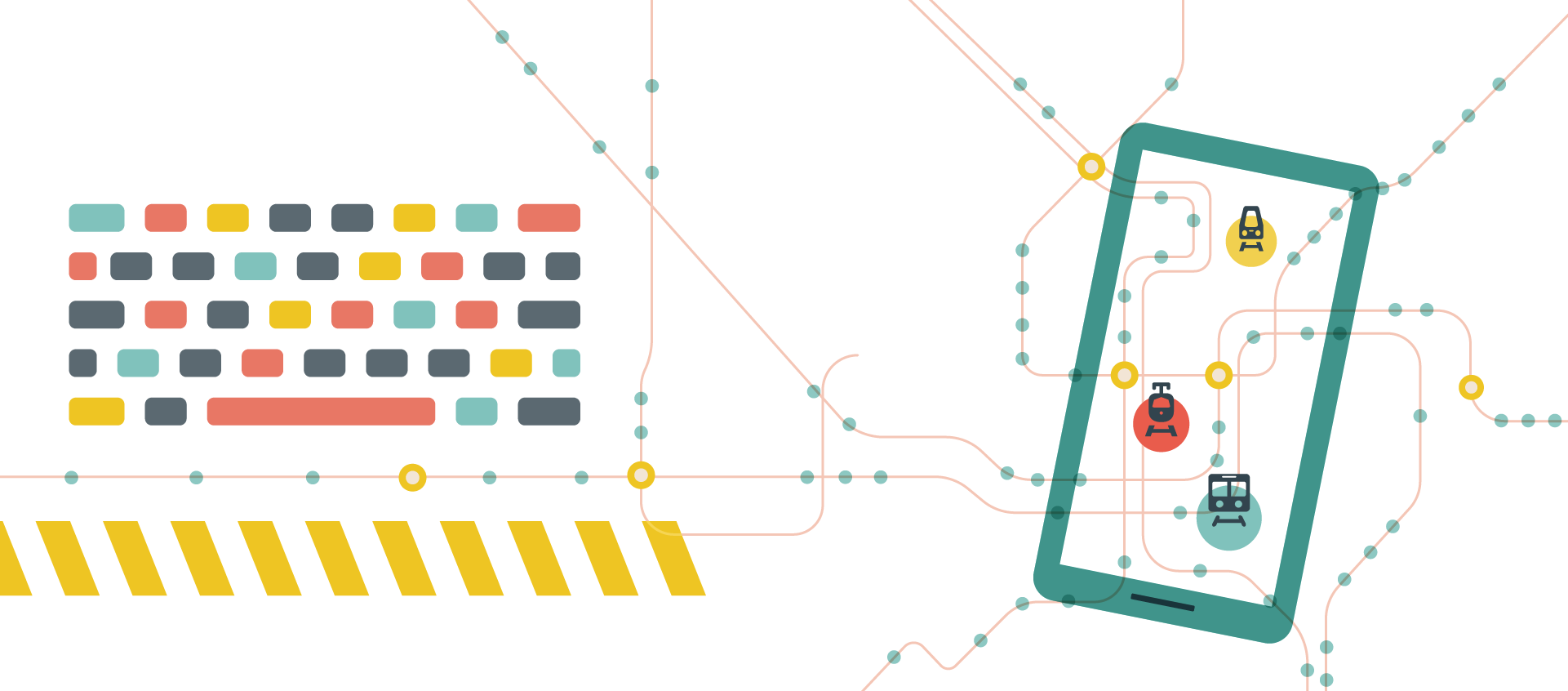
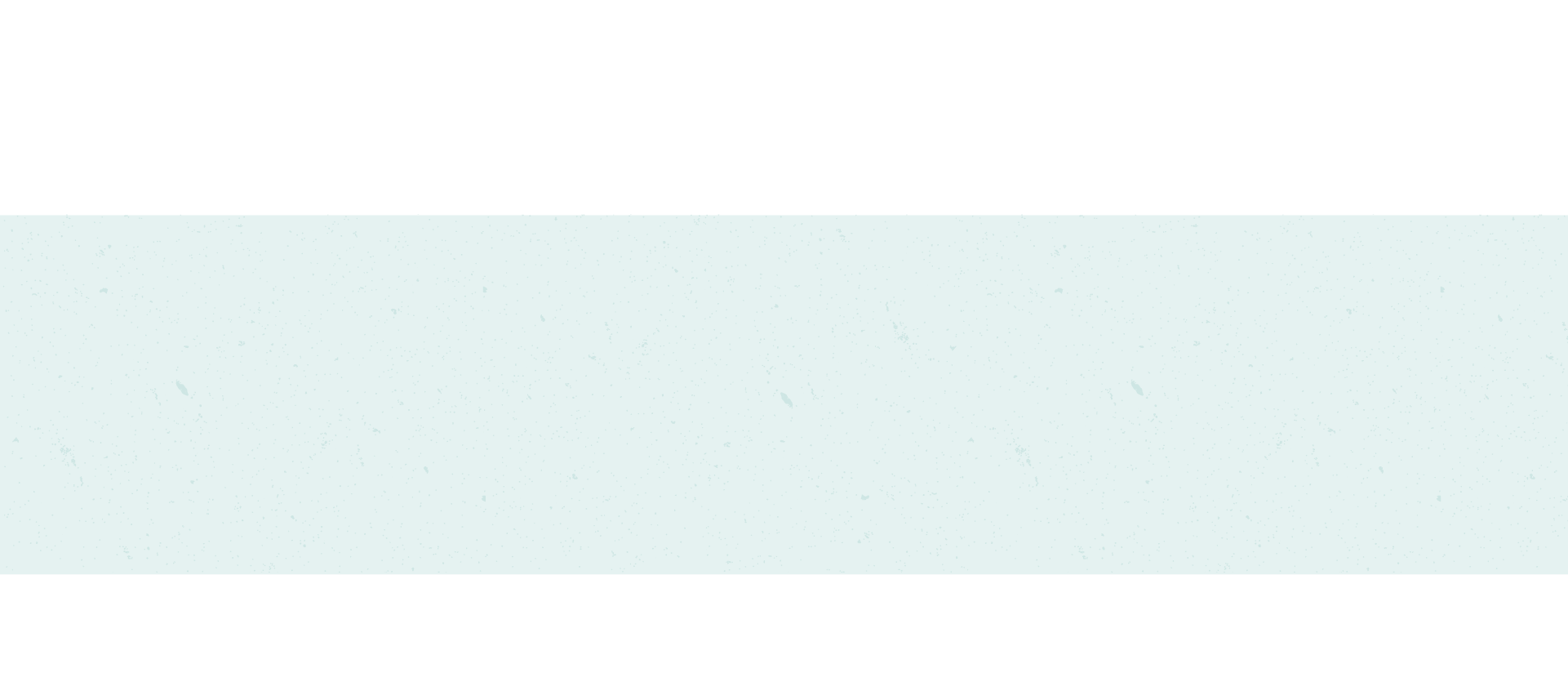
Accessible Travel: Ather Sharif ’16 (MS)
Inspired by his own disability, this Saint Joseph’s alumna is helping his newfound community navigate a challenging world.
As told to Ben Seal
Last summer, a friend of mine organized a trip to the beach for their birthday. Summertime in Seattle is amazing and I wanted to go, but the only way to get there was in a cab.
Anybody else would call an Uber, but Uber for wheelchair users isn’t in Seattle at this point, so I called a taxi. They didn’t have enough cabs that were wheelchair accessible, so the cab never showed up and I missed the event. My friends were understanding, and it was fine on the surface, but internally it destroyed me.
This is not a personal issue; it’s an infrastructure issue. Society has put restrictions and restraints on me and others in the disability community.
Before my injury, I was not aware of the field of accessibility. It’s shameful for me to admit now that I didn’t know about it. I only realized that the whole field exists after I became part of this demographic.
This March was 10 years since the injury. I was a graduate student at the University of North Dakota, pursuing a master’s program in computer science, when I was in a car accident. I was asleep in the backseat. It was nothing too dramatic — there were icy roads, the car rolled over, and I broke my neck and severed my spine.
"It still hasn’t been enough time for me to digest the fact that I have a new identity as a person with a disability." - Ather Sharif ’16 (MS)
I’m originally from Pakistan and the closest family I had here was in New Jersey, so I wanted to be near them for my rehab. I was put on a medical flight and sent to Philadelphia’s Magee Rehabilitation Hospital, where I spent a few months, followed by many more months in outpatient rehab. Now, I call Philadelphia my home because it’s where I restarted my life.
I played sports growing up, so I was used to injuries, but not to this level. It takes everything away from you. I wasn’t able to do things I really enjoyed and loved doing. This was not the life that I wanted. It wasn’t the life I had planned.
A disability is a tough thing to cope with. Even though 10 years sounds like a long time, it still hasn’t been enough time for me to digest the fact that I have a new identity as a person with a disability.
For some people it never happens and for some people it happens overnight. For me, the starting point was that of a complete nihilist, but I don’t know what the endpoint is. Is it to be completely accepting of my disability? I don’t think I’ve ever met anyone who has been. You hear people say, “I’m proud of who I am,” and I really admire them and their strength. But small things happen over time that remind you it’s not the same. We are disenfranchised.
Addressing Accessibility
After my rehab, I was determined to go back to school, but there was no way I was going back to North Dakota. I was done with the snow. I decided to finish my master’s in computer science at Saint Joseph’s. The University’s mission of service rooted in justice and love was in line with my core values and made me feel at home.
If you lose some hand functionality and aren’t able to type quickly, you’d naturally question being in this field. I spent over a year learning how to type again, using different pieces of technology that I would get annoyed at and throw out the window. I finally learned how to type using my thumbs and, once I could get to 40 words per minute, I felt that was good enough to go back to school.
After completing my master’s, my goal was to improve education and awareness around accessibility. UnlockedMaps is one of my passion projects with that in mind. Working with collaborators from across the country, we initially designed it to provide some of the features that maps today do not provide surrounding accessibility. Google Maps, Apple, Bing and Yahoo! do a great job of helping us commute from one place to another, but they don’t really talk about real-time accessibility.
"It’s very human to do things at the last minute, but unfortunately that luxury is not available for people who have disabilities." - Sharif
I can’t even count the number of times that I've had to make adjustments to my schedule or cancel my plans just because I came to the train station and found that the elevators weren’t working and there was no way for me to know or plan in advance. It’s exhausting. It’s very human to do things at the last minute, but unfortunately that luxury is not available for people who have disabilities.
With UnlockedMaps, we show which stations are accessible and not accessible, and also the real-time status of stations that are experiencing elevator outages so people can make informed decisions about their commute.
By mapping accessible restaurants, restrooms and transit stations, we’ve found that transit nerds, civic hackers and advocates for marginalized groups are thinking about it outside of accessibility as well. Is there a disparity between neighborhoods in terms of their income levels or racial backgrounds? Are stations more inaccessible where there are minorities or marginalized groups of people? For stations that are accessible in those neighborhoods, does it take longer for those stations to be repaired compared with those in commercial or upscale neighborhoods?
UnlockedMaps started in Philadelphia, but it now includes New York, Chicago, Seattle, Toronto and the Bay Area as well, and we’re working to onboard Tokyo. The data is public, so it can help people understand the accessibility differences not just between cities but countries and continents.
It’s frustrating to use public transportation with a disability. I get raised eyebrows on the street, and finger pointing and stares — on a societal level, people with disabilities get that already. But knowing that the infrastructure itself doesn’t support us in the ways it should is really frustrating and needs to be fixed.
Making Data Visible for All
I’m now pursuing a PhD in computer science at the University of Washington (UW), where my dissertation focus stems from research that I did at St. Joe’s. Working with Computer Science Professor Babak Forouraghi, I published my first paper on making online data visualizations accessible to people who are blind or have low vision. Today, my goal remains the same.
Imagine a COVID-19 graph, for example, full of lots of data. People who don’t use screen readers are able to extract that information. But what is that experience like for a blind person? How are they able to interact with that data? That’s why I built VoxLens, an open-source tool that makes visualizations accessible to people who are blind or have low vision. It allows users to interact with a graph, ask questions and receive answers, so they’re only getting the information they want, not something that is decided for them.
In the very early stages of my work with my collaborators at UW, we gave someone a prototype to test. They got really emotional and said, “I’ve been blind for all my life, so for all my life I’ve never been able to get data out of a visualization. This is going to change my life.” Hearing those words inspired me. I came out of that call emotional, but I was fired up. I knew this was what I wanted to do.
"Where I come from, we all have a purpose. A car accident opened up a lot of purpose in my life." - Sharif
What if this is how everybody else feels? As we moved forward, we started to see that exact response scientifically and empirically. We did quantitative, qualitative and subjective analysis, and it all pointed in one direction: This will improve lives. Hearing the excitement in people’s voices — you can’t express that in a scientific paper, but it seals the deal for someone who wants to do something with their life.
Where I come from, we all have a purpose. Sometimes that purpose is revealed to us through less-than-ideal measures. A car accident opened up a lot of purpose in my life. Now I work to provide awareness on accessibility and tell people about things we’ve taken for granted.
Accessibility is not a checklist item anymore. We’ve got to take a step back and learn new things. But at the same time, we have to give back to the community the things that we know about, and I know about computer science — that’s my field. I know about technology and I care about accessibility and disability. If I can use that to make the world a more inclusive place for the demographic that I proudly represent, I think I will have played my part in improving the world.

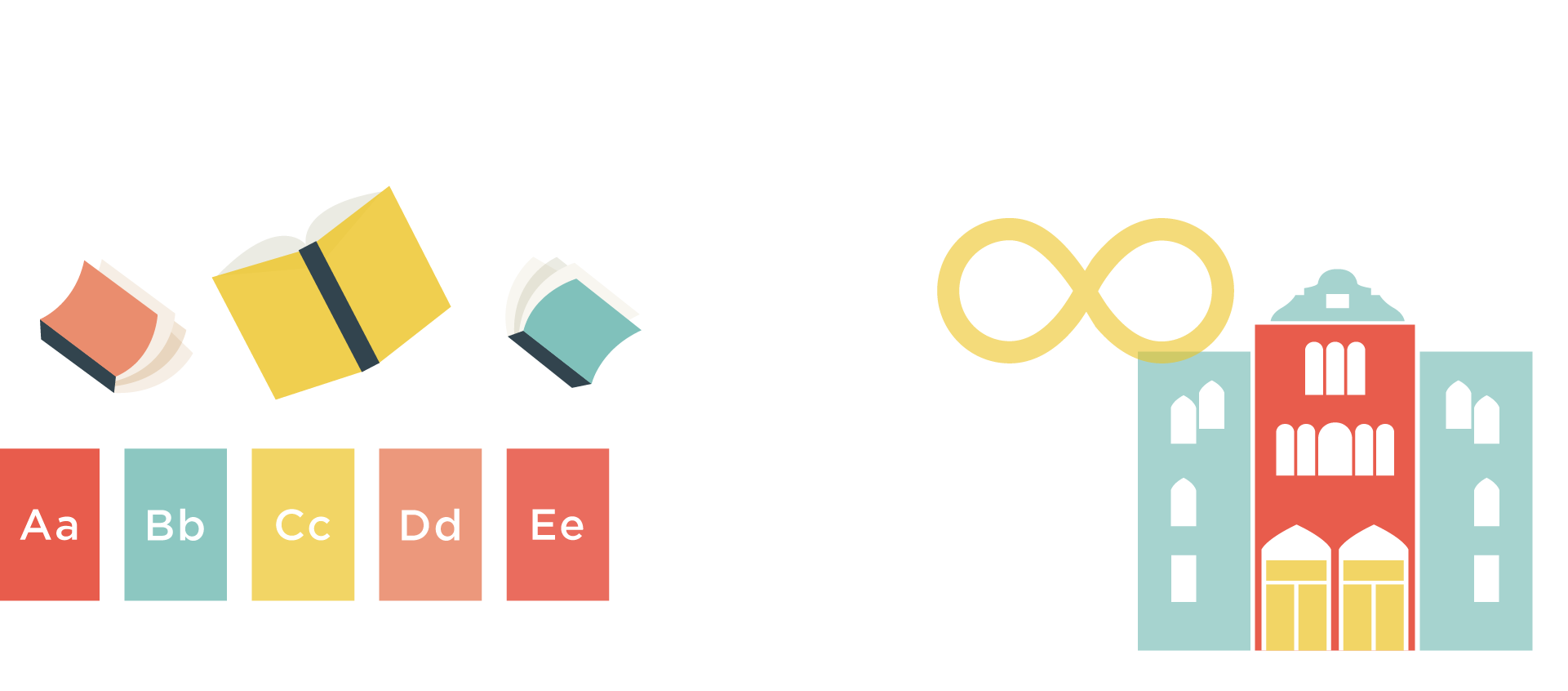
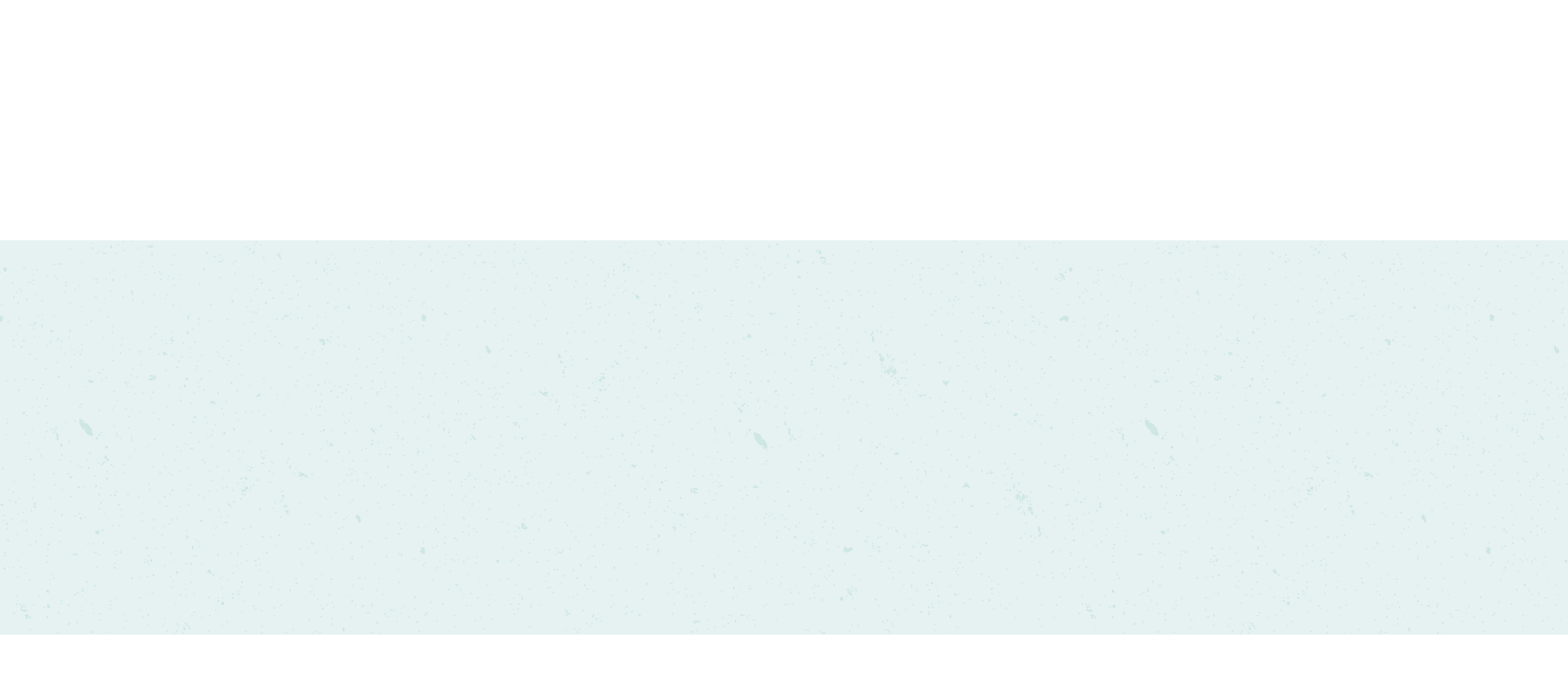
Learning Differently: Patrick Graham ’15, ’16 (MS)
As education director of the Y.A.L.E. School of Philadelphia, Patrick Graham ’15, ’16 (MS) is helping students with learning and behavioral challenges thrive.
In his first year as lead teacher at the Y.A.L.E. (Young Adolescents Learning Experience) School of Philadelphia, Patrick Graham ’15, ’16 (MS) was working with a second grader on the autism spectrum who had limited verbal output. The child could speak in words or phrases, Graham recalls, but he was overall difficult to understand and did not yet know how to read.
Had you asked Graham before he graduated from Saint Joseph’s if an academic and behavioral intervention plan was possible at this point, he would have been skeptical. But, this was precisely what his degree in special education prepared him to do.
“My time at the Kinney Center changed my trajectory and where I saw myself going.” - Patrick Graham ’15, ’16 (MS)
Determined to help the student succeed, Graham tailor-made a program alongside other Y.A.L.E. clinicians that included behavioral intervention, speech pathology, an individualized educational program (IEP) and other support services that had not been previously offered by the school.
“I was able to use different varieties of instruction and advocate for programs that didn’t even exist at Y.A.L.E., like the Wilson Fundations reading program, which is what I was trained in and felt confident doing,” says Graham, who received his Wilson Reading System certification from Saint Joseph’s the year prior.
At the completion of Graham’s program, not only was the student able to read at his designated grade level, but he also transitioned out of the school and back into his general-education placement — one of Y.A.L.E.’s ultimate desires for its students.
“I’d be lying if I didn’t feel a sense of accomplishment,” says Graham. “He always had a great personality, but to see him not just communicating but flourishing was incredibly rewarding.”
Now in his seventh year at Y.A.L.E., Graham is education director of the Manayunk-based private school, which serves students on the autism spectrum and those with learning or behavioral challenges. For Graham, his role is all about recognizing and developing potential, both in the school’s students and teachers, and determining the best interventions to support and empower Philadelphia’s youth to thrive.
Care for the Whole Student
Before Graham enrolled at Saint Joseph’s, he was volunteering with his local township’s special education services center for adults. They’d play bingo, organize dances and work on behavioral interventions. The experience, he says, was eye opening.
“Even though I loved working with adult clients and saw how much potential they had, something dawned on me: What if someone had stepped in earlier to provide them support or programming at a younger age? That’s when I shifted my focus to elementary education.”
"What if someone had stepped in earlier to provide them support or programming at a younger age? That’s when I shifted my focus to elementary education.” - Graham
At Y.A.L.E., Graham works with students who face a unique set of obstacles — difficulties with social competency or executive function, sensory issues, learning differences, anxiety disorders — that have made it challenging for them to excel in a traditional school setting.
While his role focuses on academics, teacher development and educational programming, he works with a comprehensive support team, including a board-certified behavior analyst (BCBA), to address students’ needs holistically. For Graham, a comprehensive education also means tackling things like socioeconomic issues, mental health support and social justice.
Once a week, for example, students talk about cyberbullying, texting and other online behaviors that are more nuanced to navigate as an individual on the spectrum or with a learning or behavioral challenge.
“The tough part with many of our kids is they don’t know a lot of social cues or unwritten rules, especially when it comes to sarcasm and cyberbullying,” Graham says.
The curriculum also addresses social justice issues and current events to help students understand the ever-changing world outside of the classroom. Graham says the pandemic underscored the need to confront these topics head on with both students and staff to establish an understanding of what each child and family may be experiencing socially, emotionally or financially.
“Schools are a place where you try to give kids the full picture and then let them form their own opinions.” - Graham
“Our kids are very perceptive of the news and they’re bringing in what their parents are saying and trying to make sense of it all,” he says. “Schools are a place where you try to give kids the full picture and then let them form their own opinions.”
Mentoring Future Teacher-Scholars
As a former participant in Saint Joseph’s Teacher Scholar program (a one-year master’s program that places graduating seniors in schools alongside teachers who use research-based curricula), Graham intends to shape not only the students at Y.A.L.E., but also its teachers.
In collaboration with Jackie Galbally, PhD, and Mollie Sheppard, EdD, assistant professors of special education, Graham has partnered with St. Joe’s to bring graduate students to Y.A.L.E. to engage in hands-on learning opportunities.
“Having school-based partners who provide SJU teacher candidates the opportunities to both observe and participate in high-quality, evidence-based teaching is invaluable,” says Sheppard. “Patrick recognizes our mission, is generous with his time and provides thoughtful recommendations on how we can work together to ensure that SJU teachers are receiving the best training possible.”
A number of students who have gone through the program have become employees at the school. In fact, it was through his work at SJU and the Kinney Center for Autism Education and Support that Graham discovered Y.A.L.E. in the first place.
“My time at the Kinney Center changed my trajectory and where I saw myself going,” he says. “At the time, Y.A.L.E. was working with Kinney to pitch its opening and that’s how I found myself here. It’s a big part of why I partnered with St. Joe’s to have student-observers come and see our kids. That kind of exposure is huge.”
A Supportive Stepping Stone
"Getting kids to transition back into their districts or having parents tell you their child is doing things they never thought possible is probably the best part of my job.” - Graham
While a major win for Graham is getting students to a point where they can return to their school districts, it’s also about identifying the tools and resources necessary to help them succeed and feel included in their schools and communities.
That support may include someone in the classroom who can provide one-on-one guidance, or a professional who can monitor if the student needs a break when they are feeling overstimulated or upset. Each transition plan is individualized and backed by academic and behavioral data to ensure success.
“When a student’s behavioral data is trending in a good direction — meaning we are seeing more adaptive behaviors — we also see a positive trend in their academics,” says Graham. “That’s the goal. Getting kids to transition back into their districts or having parents tell you their child is doing things they never thought possible is probably the best part of my job.”
As for the student Graham helped during his first year at Y.A.L.E.?
“He’s been out for about two or three years now and I still hear from his mom about all the great stuff he’s doing. He was seven when I first met him and now he’s grown up and going to high school,” says Graham. “Witnessing his success has been an unforgettable accomplishment.”
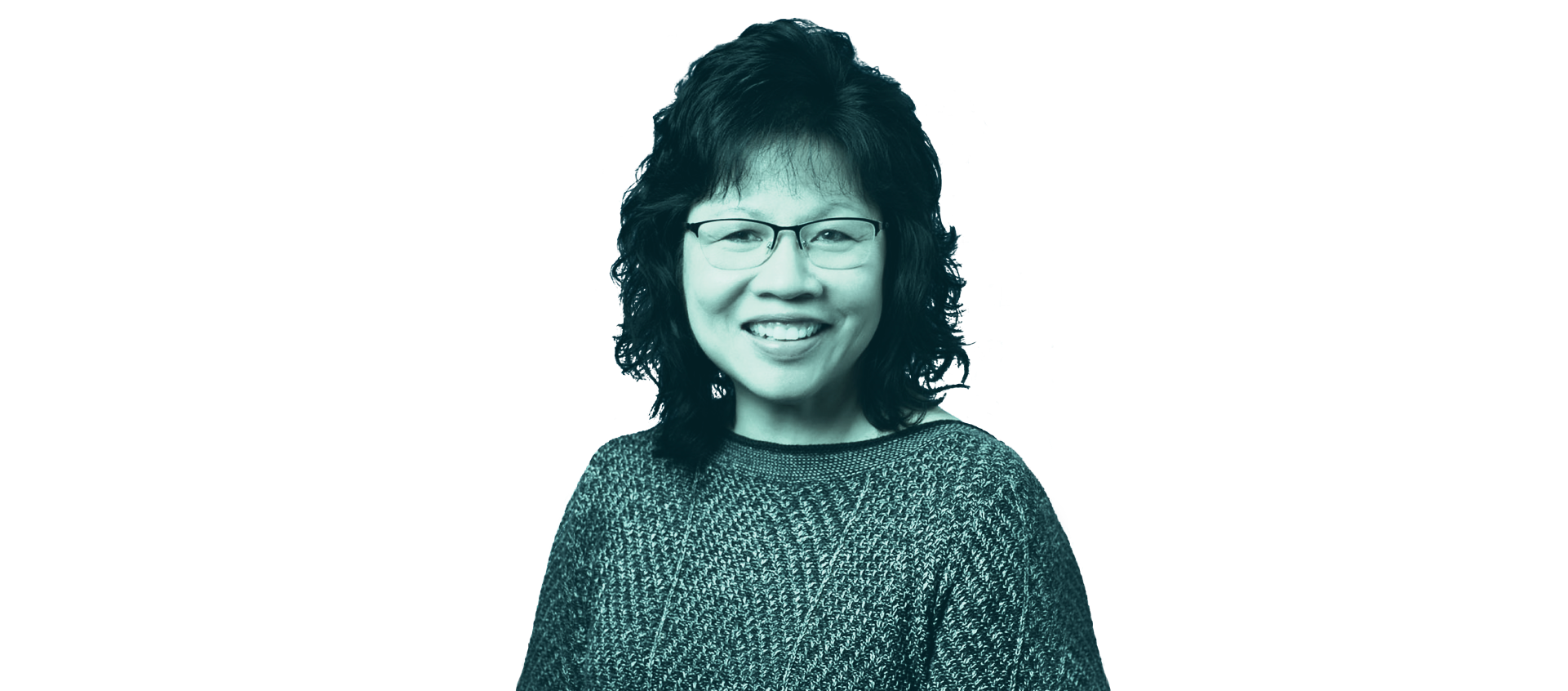
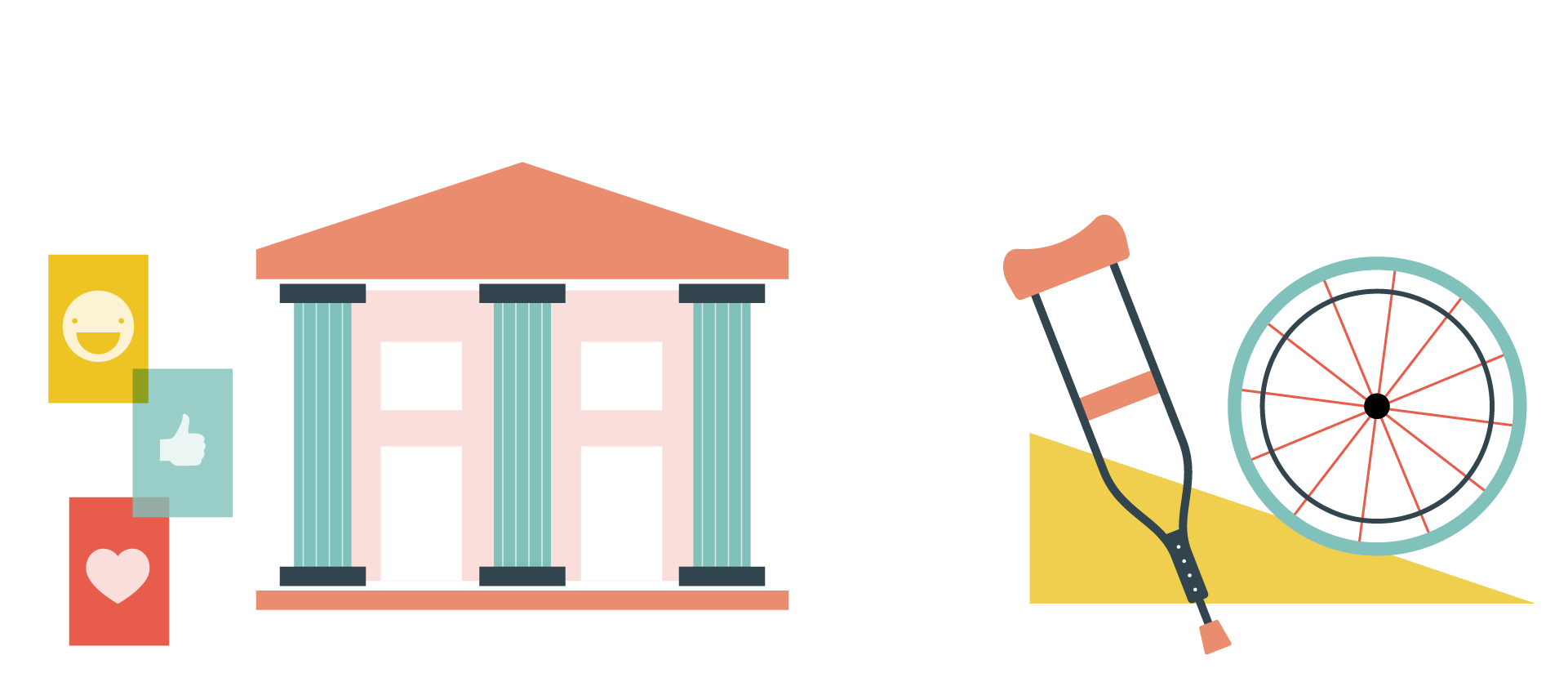
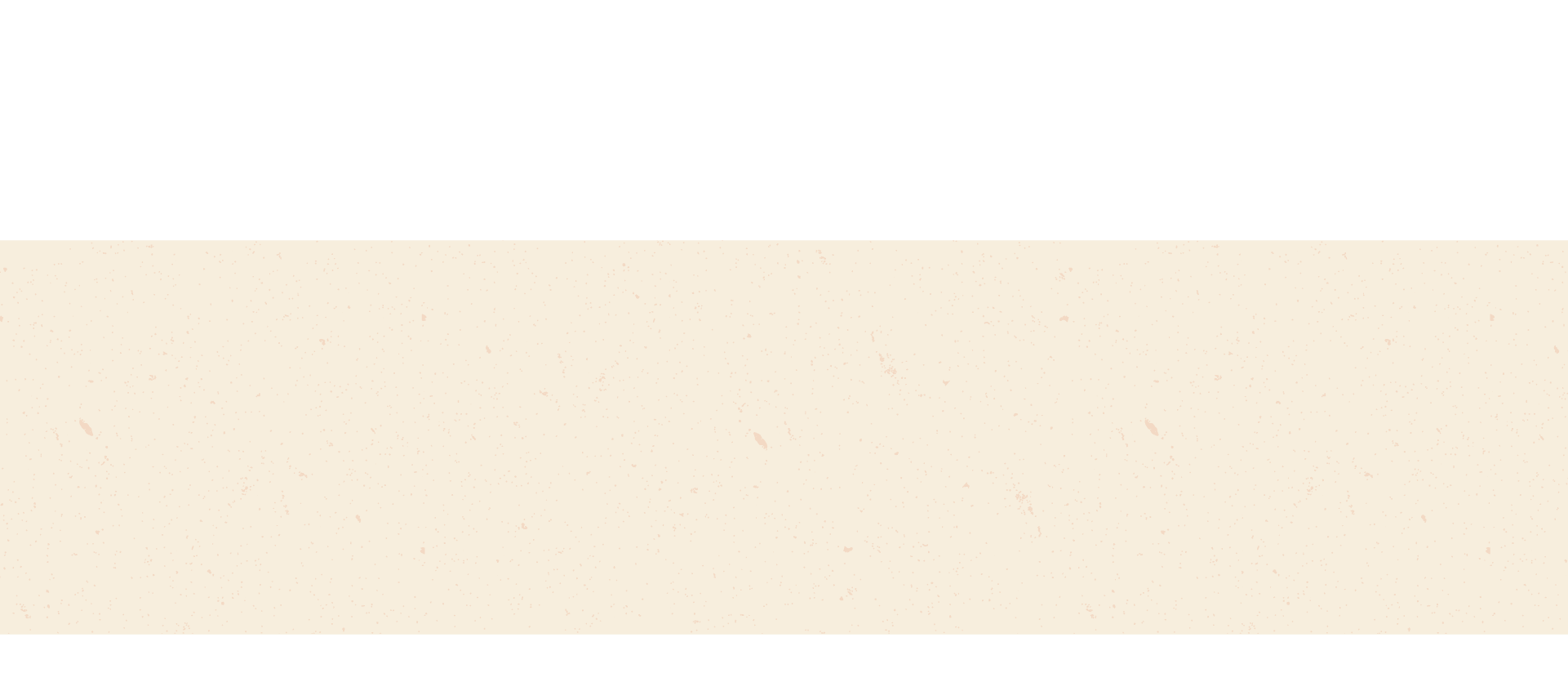
Occupational Justice for All: Lynda Lemisch, OTD
Clinical Assistant Professor Lynda Lemisch, OTD, considers occupational therapy a form of justice that brings well-deserved independence to those who need it most.
One typical evening, Lynda Lemisch, OTD, was playing with her toddler during bath time. As they splashed and blew bubbles, Lemisch couldn’t get her field work off her mind. She was in the middle of earning her occupational therapy (OT) degree and had been struggling to find a solution for one of the clients she’d been assigned.
The client was small, 4’10", and suffered from extreme exhaustion as a side effect of her cancer treatment, which prevented her from exerting herself in the most basic ways. Lemisch could not figure out how to get this client safely into the shower.
She had been back to the client’s home six times already and still found no standard equipment that would fit her small frame. Lemisch was considering creating a custom structure that would fold down from the wall and undoubtedly cost lots of money. Then she looked down at the seat she was perched upon alongside her own tub. It was a $7 stool. From IKEA. And it was … perfect.
"Giving her that independence was such a rush for me.” - Lynda Lemisch, OTD
“She was so happy,” remembers Lemisch, who now holds a post-professional doctorate in OT (OTD), a license to practice OT (OTR/L), and is a Certified Aging in Place Specialist (CAPS) and a Certified Life Care Planner (CLCP). “It was such a puzzle and we solved it with a $7 stool. Giving her that independence was such a rush for me.”
Fostering Independence
Lemisch is now a clinical assistant professor of occupational therapy at Saint Joseph’s with 37 years of experience in the field.
“To be an OT is to teach,” she says. “Because you can’t live with your clients. You have to empower clients to do things for themselves using the strategies you’ve taught them.”
"You have to empower clients to do things for themselves using the strategies you’ve taught them.” - Lemisch
In 2014, Lemisch was asked to run a lab at the University of the Sciences while an instructor was out on leave and the rest is history — she swiftly went from part-time adjunct to full-time teacher.
In order to become a full-time professor, she went back to school at 55 to earn her OTD from Boston University — where she also earned her MS.
Now, much of what her students focus on during the didactic stage of their training is assistive technology, which is bolstered by a partnership with Goodwill in Southern New Jersey and Philadelphia. Goodwill Industries makes an effort to hire veterans and individuals who lack either education or job experience, or who face employment challenges.
Lemisch’s students visit each of the New Jersey sites to work with these individuals in some capacity. They run clinics where they take blood pressures and vital signs or assist employees who are having difficulty communicating with their managers, who may not fully understand how to work with someone who is experiencing a disability. They also look at how employees who work with machinery can change their body mechanics to ensure a safer situation.
Afterward, other groups go on scavenger hunts in Goodwill’s 16,000-square-foot warehouse that is chock-full of assistive devices — power chairs, walkers, bathing equipment, crutches and hearing aids. In doing this, they become more familiar with all different types of assistive technology that they could one day be recommending to their own clients.
“While we’re over there, we also talk about recycling and saving the planet,” says Lemisch. “Why order new equipment when there’s all this plastic sitting right here?”
The Right to Access
Lemisch, along with her colleague Theresa L. Rhett-Davis, MS, OTR/L, assistant professor of occupational therapy, teaches a contextuals class in the summer where students visit places of worship, museums, transportation hubs and more to assess the accessibility of public spaces.
Contextual factors in occupational therapy include age, gender, sexual orientation, ability/disability, and more. Physical structures (like the public spaces mentioned above) are affected by contextual factors and contribute to conditions of occupational justice.
“We put students in wheelchairs or give them assistive ambulatory devices and ask them, how are you going to get through this?” explains Lemisch. “It’s a great way to raise their awareness of what clients will be running into in the future — whether it's occupational justice or injustice.”
This summer, Lemisch’s students will be assessing Philadelphia’s Mütter Museum for accessibility. Students will be making recommendations on the lighting, shelving and how the museum could better provide physical access to its spaces. Lemisch came across this opportunity while taking part in a presentation on OT as an area of study to high school students.
“I was looking around the museum and realized that I couldn’t see very much of anything,” she says. “I knew there were lots of jars and racks but they were deep and not well lit. Some specimens were down so low. So I asked someone if they’d ever thought about getting evaluated for accessibility.”
After giving out a few pointers, Lemisch herself was immediately invited to consult but she decided it was too good an opportunity for her students to miss out on.
Lemisch and her students also volunteer with Rebuilding Together Philadelphia, an area nonprofit that works to revitalize communities by transforming vulnerable, owner-occupied houses into safe, healthy and energy-efficient homes.
“We’ll work on entire blocks worth of homes, making sure there are handrails to make stairs safe for use or redoing flooring to get rid of mold,” says Lemisch. “I don’t make it mandatory for my students, but I put it out there every year and usually we get a good group that is interested in making sure these homes are safe and accessible for their owners.”
Freedom of Expression
“I want my students to become agents for change and inclusivity.” - Lemisch
Sometimes access isn’t so plain to see. For some, communication issues can prevent them from expressing their feelings. When Lemisch heard Saint Joseph’s was opening the Frances M. Maguire Art Museum, she connected with Veronica Farr, the museum’s education outreach coordinator, on an opportunity to create access.
“This is supposed to be a museum for all, right?” Lemisch asks, “But how do you share your feelings about art when you have trouble speaking?”
The answer to that question will be a big part of her students’ coursework in fall of 2023.
“My class will be looking at low-tech and high-tech ways that patrons of the museum will be able to express their feelings about the exhibitions,” explains Lemisch. “It could be cards with expressive faces on them or some sort of app that they use.”
In order to create these interventions, students will be using real, de-identified case studies from Saint Joseph’s ASPIRE program at the Kinney Center for Autism Education and Support.
The Maguire Art Museum also plans to launch a variety of K-12 programming in the fall, which means these interventions promise to assist the littlest of learners as well.
“Every little student coming through the museum will have a way to express themselves,” says Lemisch. “Even if they aren’t developmentally ready to.”
Creating A Generation for Change
At the end of the day, Lemisch insists that a pivotal part of being an OT is working to promote inclusivity in the world at large.
“I want my students to become agents for change and inclusivity,” she says. “What we do on a daily basis is work with people, but what we need to be doing when we are out in the world is demanding inclusivity. It’s our responsibility as occupational therapists to think locally and act globally — to speak up when we see inaccessibility and promote change in every way that we can.”
Now, as a professor, she’s ensuring that is an essential aspect of the OT program at Saint Joseph’s.
